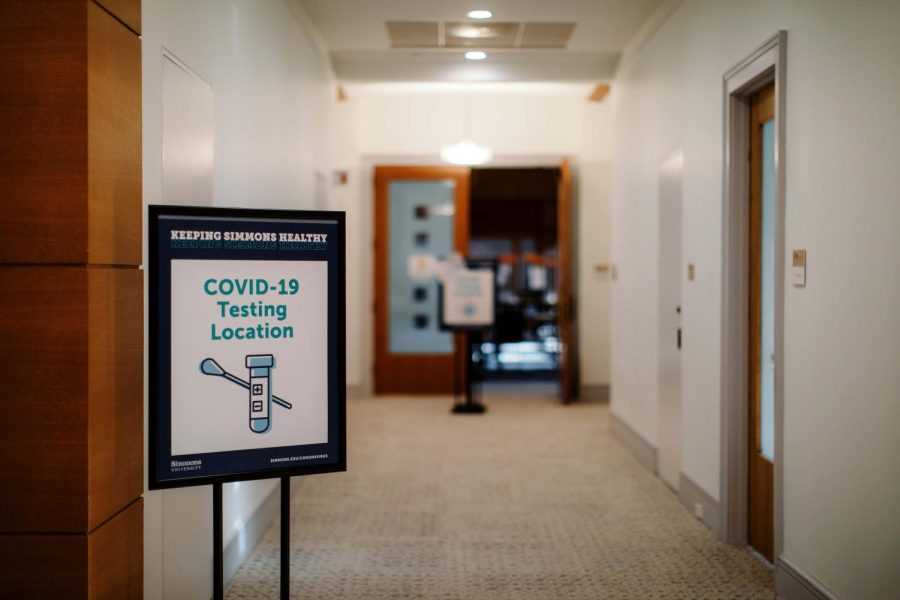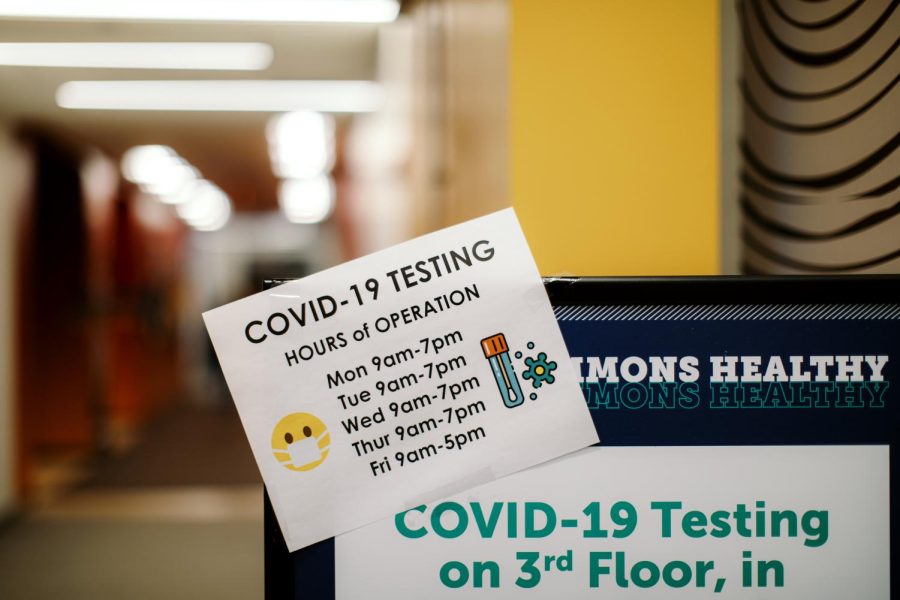By Briana Hayes
Staff Writer
Now that spring has finally sprung, and the weather is cooperating, it is easier to exercise outside. With the use of various fitness trackers, exercise can be easier to track, since the information can be stored, shared or viewed on multiple devices.
Fitness trackers have become very popular. It appears that everywhere you look, people are wearing fitness bracelets or checking their daily mileage on their apps.
There are many benefits to using fitness trackers in order to organize your exercise. First off, fitness trackers, like most new technology calculates and provides data extremely quickly. Rather than having to calculate the miles you’ve walked in a day based off of the number of steps you’ve taken, you can use a fitness tracker to find that information. Pace, time, steps, distance, heart rate, and the amount of calories burned can all be provided to us instantaneously.
Another benefit is that fitness trackers hold the users accountable. This is important, because it demonstrates that fitness trackers are not just for the already fit, but also for those who wish to become fit.
Accountability can be achieved by various means. Some fitness trackers have specific goals that each individual must achieve by the end of the day. These goals are different depending on the fitness tracker but can be steps, calories burned, or points.
It is recommended that individuals walk 10,000 steps per day, so most trackers base it off that calculation. Once an individual can see how many steps they take per day and have a specific goal to reach, they may be motivated to achieve what they have made themselves accountable for.
In addition, fitness trackers usually work with third-party apps where you can view the exercise your friends have completed. By challenging each other, you can push your friends to work out more without having to be with them. Therefore you can be held accountable by yourself and your friends.
Another intrinsic factor of fitness and weight loss is sleep. Although this is often forgotten, sleep aids in weight management and contributes to a healthy lifestyle. This is because the quality of your sleep has the ability to affect your metabolism, cravings, energy and mood.
Most fitness trackersare programmed to track your sleep patterns. They do this by calculating how long you sleep, the depth of sleep you achieve, the amount of time you spend in each stage of sleep, and how many times you wake up.
These measurements are made possible by sensors in the trackers called accelerometers, which can detect motion as well as the direction of that motion. While accelerometers can be accurate, it is important to make sure you are getting enough sleep no matter what the tracker says, especially people who have sleeping disorders.
Finally, a main aspect of exercise is goal setting. Goals are the basis of fitness trackers. Generally, people are content when they achieve something and less content when they fail to. Therefore based on goals, fitness trackers allow individuals to set goals and help individuals to reach them with motivation and other key features.
There are a plethora of fitness trackers out there, and choosing the right one for you may require research. Make sure to spend the time to find which one best suits your lifestyle.
For example, some designs are sleeker, while others are sporty. If you have a professional job, perhaps the sleeker tracker is more for you. Spend the time to find your perfect fitness tracker match and begin to finally exercise outside.
Remember to keep track of your exercise and stay on track to a healthier you!

























